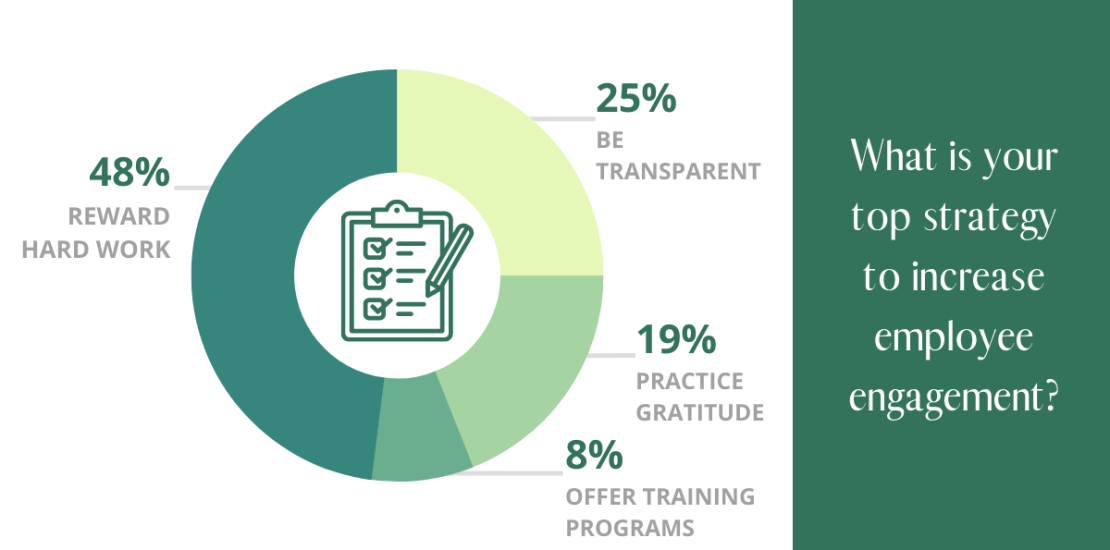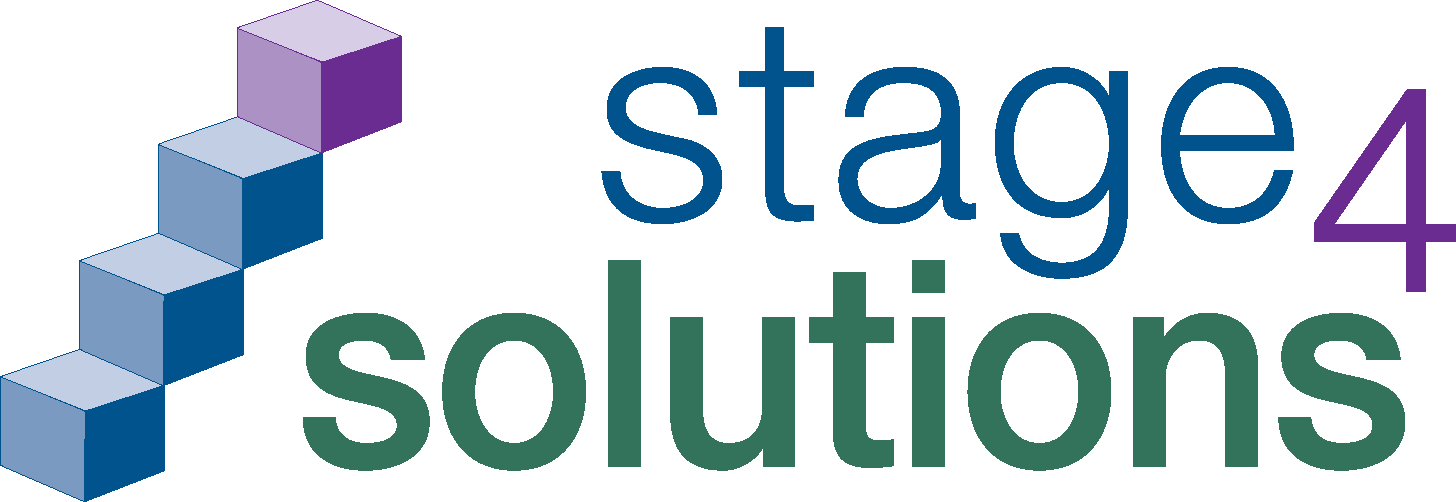Top Employee Engagement Strategies for Business Success
- March 28, 2023
- Posted by: Selen Warner
- Category: Blog

Employee engagement is essential for any business in any industry. It is a key component that allows businesses to create a supportive and collaborative environment where employees can work together to reach the common goal of success. Without engaged and motivated employees, achieving sustainable success becomes virtually impossible.
Employee engagement starts at the beginning with recruiting and continues with onboarding and retention. It is essential that organizations implement effective strategies for employees to remain engaged and motivated throughout their tenure within an organization. When employees are engaged, they feel connected to their work and the company’s mission. They are motivated to perform at their best, and they understand how their efforts contribute to the overall success of the business. Furthermore, engaged employees demonstrate higher levels of creativity, productivity, and job satisfaction – all factors that are essential for a successful organization. On the other hand, if employees lack engagement, they are less likely to work towards the company’s goals. They may feel disconnected from their work and become unmotivated, resulting in a decrease in performance levels, eventually having a negative effect on the bottom line.
Unfortunately, employee engagement in the US is in a sharp decline — dropping from 36% engaged employees in 2020 to 34% in 2021 and 21% in 2022. In 2023 and beyond, employee engagement will continue to be a key focus for businesses across industries. To gain a better understanding of what strategies employers are implementing, we polled our community for their insights.
What is your top strategy to increase employee engagement? (single answer)
- Reward hard work 48%
- Be transparent 25%
- Practice gratitude 19%
- Offer training programs 8%
The results show that 48% chose “rewarding hard work” as their top strategy. This is followed by “being transparent” (25%), “practicing gratitude” (19%), and “offering training programs” (8%). These results show that employers are prioritizing recognition for employees who are going above and beyond in their roles. It also indicates that employers are placing greater focus on open communication, as well as offering development opportunities.
Undoubtedly, rewarding hard work is one of the most effective strategies to increase employee engagement. An employee who feels rewarded for their hard work is more likely to be invested in their job, putting greater effort and enthusiasm into their day-to-day tasks. This can have a cascading effect on the rest of the team as they will strive to live up to the standard set by their colleague. Moreover, rewarding hard work can help foster a culture of ambition within an organization. When employees know that putting in extra effort and going the extra mile will be rewarded, they may take more risks or strive for higher goals since they feel secure knowing that their efforts won’t go unnoticed. This can help bring innovation and creativity to the workplace. Rewards can come in many ways from a promotion, bonus, or an extra day off to public recognition during a team meeting. The important thing is that employees feel appreciated and valued for the hard work they are putting into their job. When done correctly, this strategy has the potential to truly transform a workplace.
Transparency, the second most-voted strategy based on our poll results, is essential for any organization looking to maximize employee engagement. When employees have access to information about their company’s culture, goals, and objectives, they are more likely to be fully engaged in their job. This can come in many forms, from open communication lines between management and employees to regular feedback loops that allow for two-way dialogue between those in charge and their employees. It is another best practice to ensure everyone has access to certain metrics and company data so they can stay up to date on the organization’s performance and most importantly feel “involved” and not “left out.” By giving employees more insight into how their work impacts the overall business objectives, organizations will be able to foster a culture of trust. Even more than just providing employees with the information they need to do their jobs, organizations can provide them with opportunities to engage in conversations about how and why decisions are being made. This can include providing dedicated forums and spaces for employees to voice their opinions and ask questions without fear of retribution.
Prioritizing gratitude in everyday interactions and showing employees appreciation for their contributions is essential for fostering a positive work environment and increasing loyalty among the workforce. Saying “thank you” goes a long way in creating an inclusive workplace where everyone feels valued. When employees know that they are appreciated, they are more likely to be engaged with the organization.
Lastly, providing training and professional development opportunities is an important part of the employee engagement strategy, as it helps equip employees with the tools they need to succeed and learn new skills.
With the right support and recognition, employees can feel empowered to achieve their goals while feeling valued by their employer. Whether it’s through rewards, transparency, gratitude or training programs, or a combination of all, it is best for businesses to be actively looking at ways to enhance their employees’ work experience in order to create a happier and more productive workforce. Doing so will enable them to reap the benefits of having a motivated team, ultimately leading to better outcomes for both employers and their employees. What is your organization’s top strategy to increase employee engagement? Please share with us!


